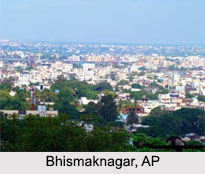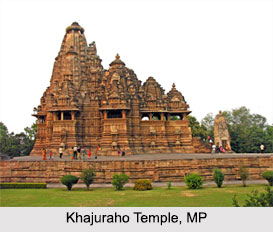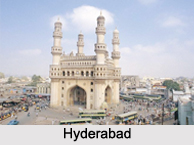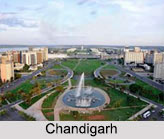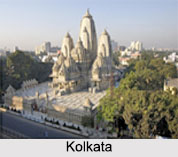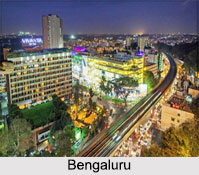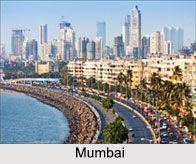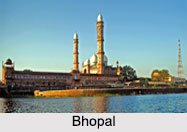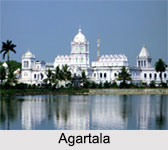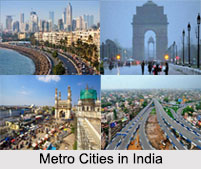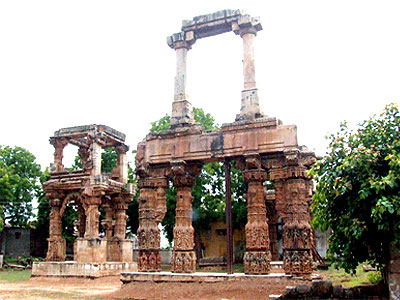 Sidhpur is one of the historical places located in the Patan district of north Gujarat. Situated at the bank of the ancient River Saraswati this place has been mentioned in the Rig Veda which mark the place as one of the ancient sites of India. Sidhpur city is mainly known for its legends. The place has been marked with a number of historical sights which has been excavated by the Archaeological Survey of India. These excavated the sights associate the place with the great epic of Mahabharata and the settlement of Pandavas who wondered in different parts of India during the period of exile.
Sidhpur is one of the historical places located in the Patan district of north Gujarat. Situated at the bank of the ancient River Saraswati this place has been mentioned in the Rig Veda which mark the place as one of the ancient sites of India. Sidhpur city is mainly known for its legends. The place has been marked with a number of historical sights which has been excavated by the Archaeological Survey of India. These excavated the sights associate the place with the great epic of Mahabharata and the settlement of Pandavas who wondered in different parts of India during the period of exile.
Sidhpur is well known for its historical background. This place was considered as one of the most pious and religious place which is associated with the legend of famous Hindu sage Rishi Vashya. The place has been mentioned in the Rig Veda where it mentions bought Rishi Vashya. According to the legends Rishi Vashya donated his bones to Lord Indra in this place. This place is located between the two pious rivers namely Ganges and Saraswati which are considered as the sacred rivers of Hindu religion. Associated with the great epic of Mahabharata, it is believed that the place was visited by the Pandavas at the time of their exile.
Sidhpur reached the zenith of glory and fame under the rule of King Sidhraj Jaisingh who was the ruler of Sidhpur and established his capital in this area. This place was actually named as Sidhpur after him which means Sidhraj`s township. Sidhraj Jaisingh established a number of ancient temples among which the main temple was dedicated to Lord Shiva. This place includes a number of well decorated and well carved palaces and one huge Vijay Stambh which is supposed to be 80 meters long. He also brought a number of Brahmins from Mathura and got them settled in this region. Surrounded with a number of historical monuments this place was destroyed by Muhammad Ghori when he invaded India. During the 12th century Muhammad Ghori not only destroyed the place but also killed nearly 30,000 people who lived in this ancient city. He plundered a number of places like Somnath. With the destruction of the city of Sidhpur the Solanki Dynasty also came to an end which was one of the most prominent ruling dynasties of ancient Gujarat. During the sultanate period the place was ruled by the local rulers who administered from Palanpur. Finally this place was included in the Mughal Empire under Mughal emperor Akbar.
Sidhpur is mainly known for some prominent places. Sidhpur is known for Rudhramalaya which is an ancient temple dedicated to Lord Shiva. This was built by Sidhraj Jaisingh which has now turned to ruins. Along with this there are some more prominent places like the Bindu- sarowar which is a small artificial tank that is known as a pious tank. This has been mentioned in the Rig Veda. Another prominent site is the bank of River Saraswati which has been mentioned in a number of places. Though the legendary river is presently lost it is still considered as most pious where the Mathru shradh is conducted. This brings thousands of people who visit the place annually to perform the ritual for their dead mothers. Along with this place also includes a number of Bohara Havelies which are magnificent and beautiful Havelies built in the medieval period. These Havelies belonged to the rich traders who resided in this area. These Havelies are famous for delicate wooden architecture and interior decorations which depict the medieval period architecture. Besides these popular sites Sidhapith also includes the ancient Arvadeswar temple dedicated to lord Shiva. Here Lord Shiva is mainly worshiped in Rudraroop which is further worshiped in number of temples in the form of Laghurudra, Maharudra, Atirudra and Daily Agnihotra by the local priests.
Besides this Sidhpur bears a dry and hot climate; with an average temperature which rises upto 40ø Celsius to 20ø Celsius in winters. The average rainfall is 40-50 centimeters.
Thus with well connected roads his is one of the ancient sites in Gujarat. Though mainly turned into a ruin this place excites its visitors a number of archaeological sites which are most prominent feature of this place.
